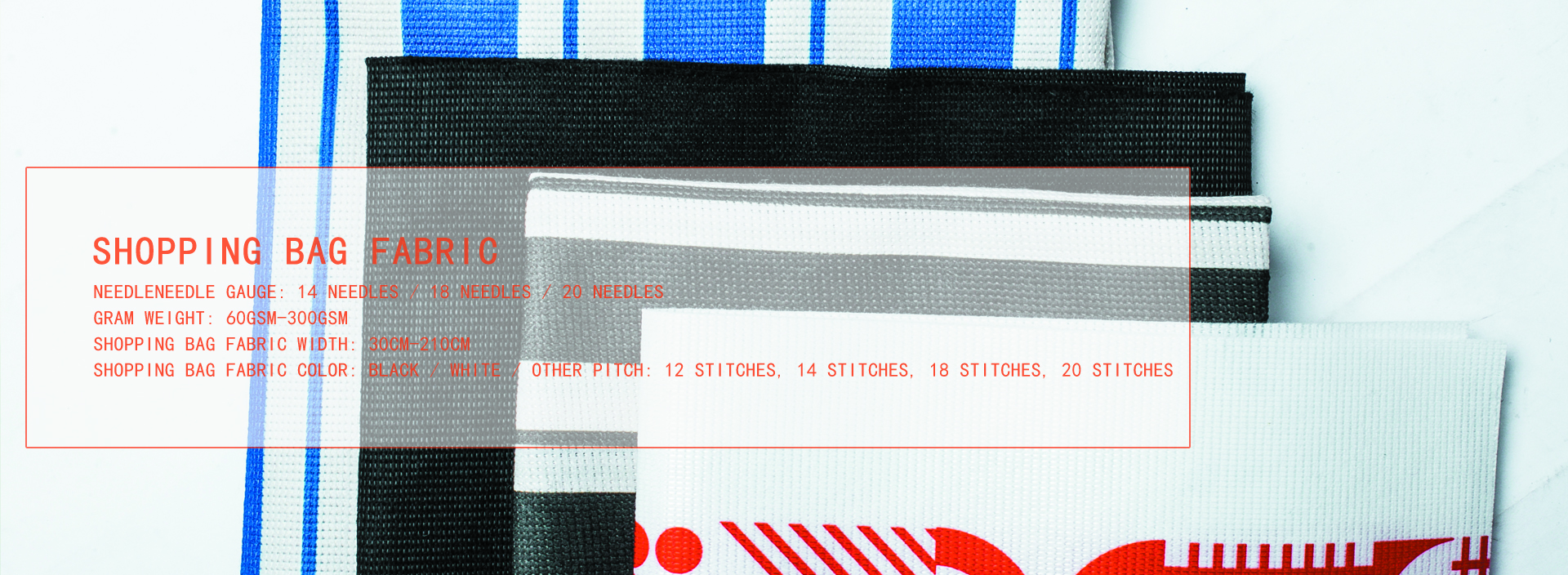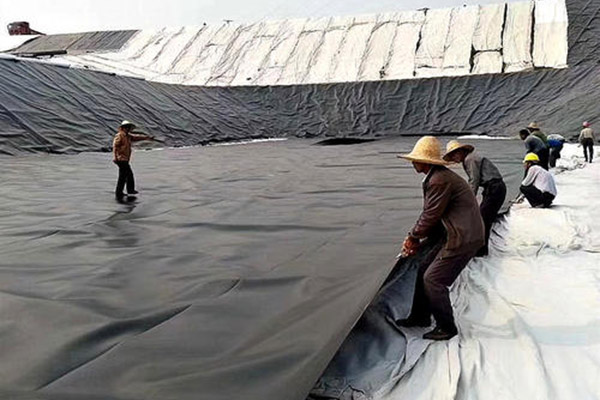There are two ways to lay
composite geomembrane on the upstream dam surface of the earth dam. The other is laying perpendicular to the dam axis (horizontal laying). There are 7 anti-slip tooth grooves on the upstream slope, and the tooth groove spacing is 5-10m. The bottom of the tooth groove is 1m wide and 0.8m deep. This project adopts the horizontal laying method, and the composite geomembrane must be folded 50cm and stretched at the upper end of the grazing.
(1) The geomembrane material rolled into a roll must be cut according to the cross-sectional size of the foundation trench and the length of each section. When laying longitudinally, first calculate the number of necessary membrane materials according to the cross-sectional size of the foundation trench. When laying horizontally, the section length of the laying foundation trench is one group. The cutting length is better for the convenient handling and laying of large film materials: small channels generally can choose 50-60m, and medium-sized channels can choose 20-40m.
(2) The composite geomembrane is laid smoothly, moderately slack, and not excessively strained. The composite geomembrane must be in close contact with the soil surface without leaving gaps. The composite geomembrane laying is divided into two parts: the bottom laying of the reservoir and the laying on the slope. Laying method In the laying construction of composite geomembrane, it is required to stitch and weld a narrow width of 4m on a flat ground to a width of 20m, and then lay it in a wide width perpendicular to the axis of the reservoir from top to bottom on the slope. After the sloping surface has passed the inspection, slowly spread out from the top of the embankment to the embankment foot in a direction perpendicular to the axis of the embankment until the outer top of the alveolar of the slope foot contacts the geomembrane of the reservoir bottom in a "t" shape.
(3) The splicing of adjacent composite geomembrane blocks can adopt overlapping or splicing methods. This project adopts overlapping method. The overlap width of flat ground is preferably 30cm, and the overlap width of uneven ground or extremely hilly soil must be more than 50cm. In urban construction, the welding quality of composite geomembrane is the key to urban construction, and joint inspections must be strengthened during construction. There are visual inspection methods and on-site inspection methods. After passing the self-inspection, submit the joint sampling inspection by the supervision unit, the quality inspection department and Party A, implement the phased certification visa, timely repair and weld the temporary welded and missing welded joints, and conduct the water filling inspection and inspection on the repaired welded parts. After passing the test, proceed to the following process.
(4) The composite geomembrane shall not be damaged during backfilling, and shall not be compacted by heavy machinery or vibration. Constructors must wear flat-bottomed cloth shoes or soft rubber-soled shoes for laying. Do not step on the geomembrane when wearing spiked shoes, and must cooperate with the shop for compression. In addition, the laying of the composite geomembrane must be coordinated with the laying of the protective layer.
(5) The laying of the inclined plane is carried out in a bottom-up manner. The top of the inclined plane and the inclined plane feet are fixed on the anchor groove or other reliable methods to prevent it from sliding. In the construction of the geomembrane, pay special attention to the laying not to be too tight, not to wrinkle, and to be firmly joined. The construction must be strictly in accordance with the technical specifications, and the five quality standards of closure preparation, laying, urban construction, inspection and backfilling must be strictly followed.

